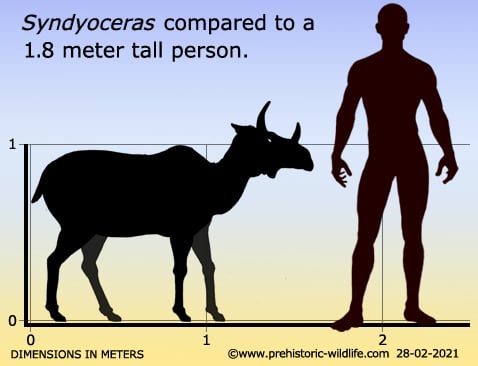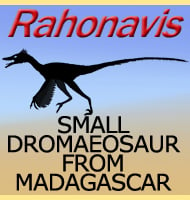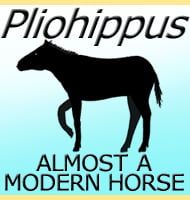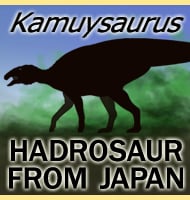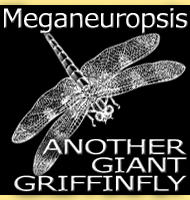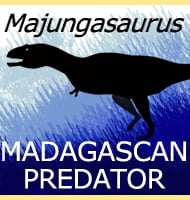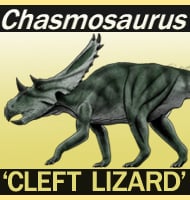In Depth
As a member of the Protoceratidae, Syndyoceras would have been similar to a modern deer or antelope in general build and representative of a group of animals that were fairly common during the Miocene. Protoceratids are often noted for the elaborate horns that grew from their heads and Syndyoceras is no exception. Like many others of its kind, Syndyoceras had a pair of crescent shaped horns that rose up from the back of the skull, behind and above the eyes. Then roughly halfway between this set of horns and the tip of the snout a second pair of recurved horns grew up and out to the sides. In life these horns would have been covered by skin and used primarily for display and perhaps even weapons between rival males much like they are used in deer and antelope today.
Syndyoceras would have been a low browser, and the enlarged canine tusks seen in the genus further suggest that Syndyoceras would have forcibly uprooted plants during feeding. Alternatively some tusked deer such as muntjac (Muntiacus) can be observed stripping tree bark with their tusks before eating it, and it would be interesting to know if extinct Syndyoceras used their tusks to strip and eat tree bark in a similar fashion.
Syndyoceras show a development towards faster running and agility in that the number of weight bearing toes was reduced in number to just two. Syndyoceras still had two additional outer toes on each foot, but these were now vestigial and not even close to contacting the ground. This form of toe reduction is also seen in primitive horses that were also around at roughly the same time as the protoceratids. While Syndyoceras shows development towards greater agility and fast running, the genus does not have the cannon bone structure which is seen in some later artiodactyls, meaning that Syndyoceras was not as physically able to withstand the shocks and forces of running as later more advanced artiodactyls.
Even with this more primitive form of leg structure, Syndyoceras would have still been one of the more nimble and fleet-footed animals on the Miocene plains of North America. Whereas nimravids and amphicyonids could have been potential predators, many predators of the Miocene had themselves plantigrade feet, which means while they could create tremendous bursts of sudden speed in an ambush, they would not have been that well suited for long distance pursuits. Syndyoceras, even with primitive adaptations to running, could still have been reasonably safe as long as they were able to keep enough ground between them and predators. Only the development of new predators such as early dogs and wolves which were better able to run for long distances would be able to change that.
Further Reading
- Notice of a new fossil mammal from Sioux County, Nebraska. - Nebraska Geological Survey 2(3). - E. H. Barbour - 1905.
